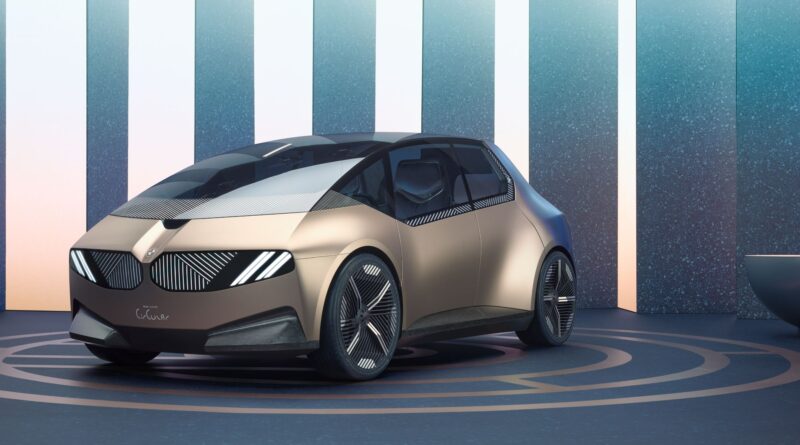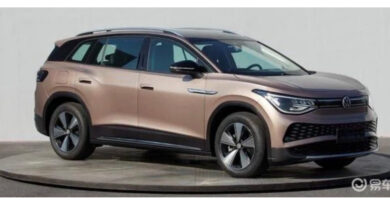BMW i-Vision Circular is the recycled – and recyclable – EV, minus paint
BMW has revealed its vision for sustainability with a concept car that is mostly recycled and fully recyclable – and “phygital”, apparently…
The i-Vision Circular certainly stands out, in much the same way as the BMW i3 did and like the upcoming BMW iX and BMW i4 do with their toothy grilles.
Except that the i-Vision Circular has a singular goal: imagining a compact BMW for the year 2040 that is “focused squarely on sustainability and luxury”.
BMW says it is “focusing particularly on circular economy principles and the use of secondary materials”.
READ MORE: Mini Strip: Fashion guru meets EV for sustainable strip tease
BMW says it wants to increase the use of recycled materials in its new models from 30 percent to 50 percent.
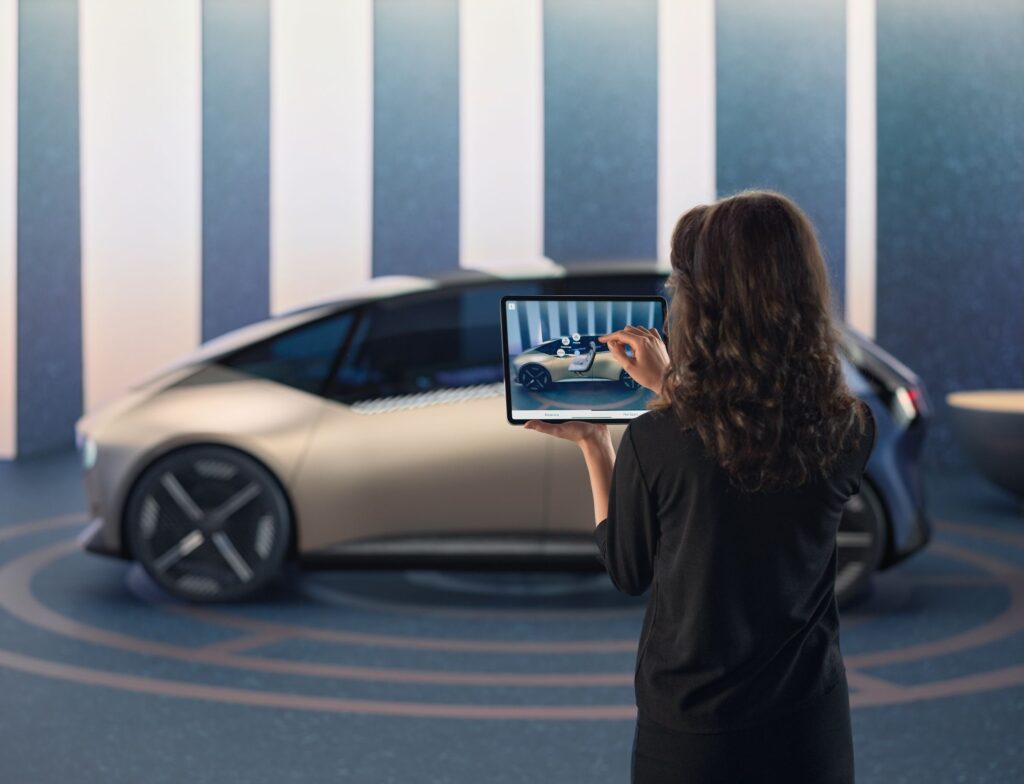
“The BMW i-Vision Circular illustrates our all-encompassing, meticulous way of thinking when it comes to sustainable mobility,” says Oliver Zipse, Chairman of the Board of Management of BMW.
“It symbolises our ambition to be a pioneering force in the development of a circular economy. We lead the way for resource efficiency in production and we are seeking to extend this status to all stages of the vehicle life cycle.
The i-Vision Circular even borrows some inspiration from the recently unveiled Mini Strip that was created with the help of fashion designer Paul Smith.
Like that car there is no paint – just an anodised bronze finish and heat-treated steel for a blue-ish hue – and no chrome. Inside, there is no leather, and much of the car is made of secondary steel and aluminium recycled from the manufacturing process.
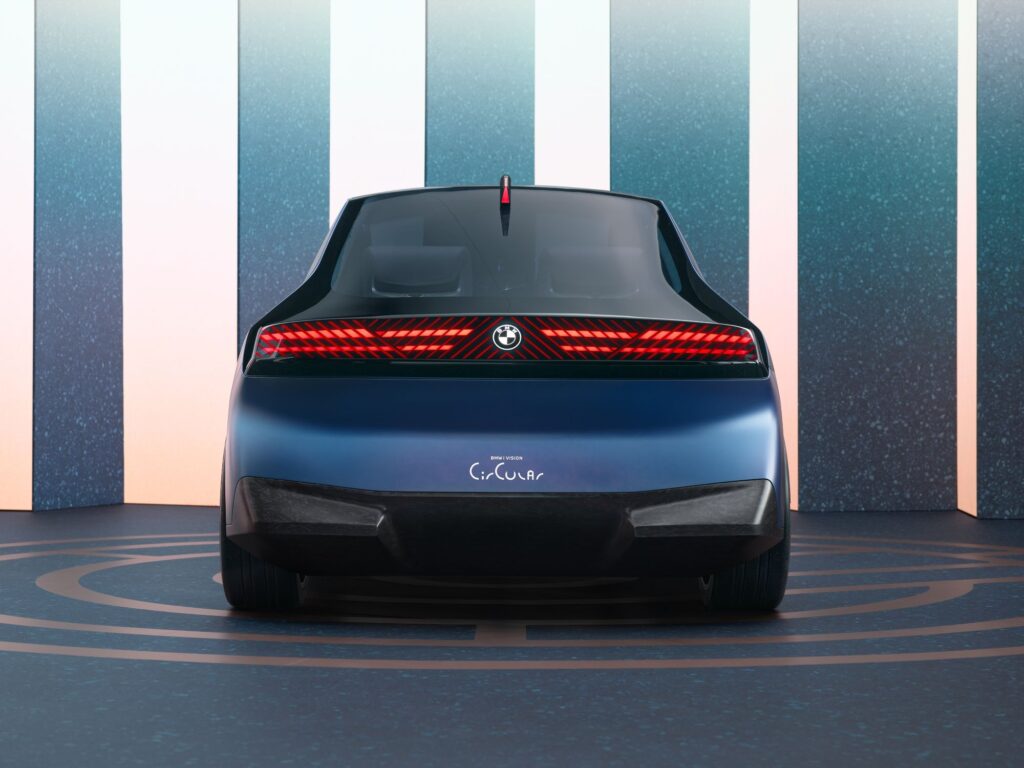
BMW says the one-off concept car is “is 100 percent recyclable and manufactured almost entirely using materials sourced from the recycling loop”.
Zipse describes sustainability as core to the future of a luxury brand.
“There is no premium without sustainability,” he said while revealing the brand’s latest concept car.
BMW has even deleted its signature kidney grilles, instead incorporating the brand look into the light signature up front.

And BMW has gone a step further by getting rid of the badge, instead having it laser etched into the surface of the metal in the prominent V that characterises the stubby bonnet.
Even the tyres are called “Vivid Blue Rubber” and apparently “made from certified, sustainably cultivated natural rubber and have a slightly transparent appearance”, albeit with additional particles added for strength.
Over-the-air updates and cloud computing are designed to keep the car fresh and add to its appeal during its life, thereby extending its life cycle.
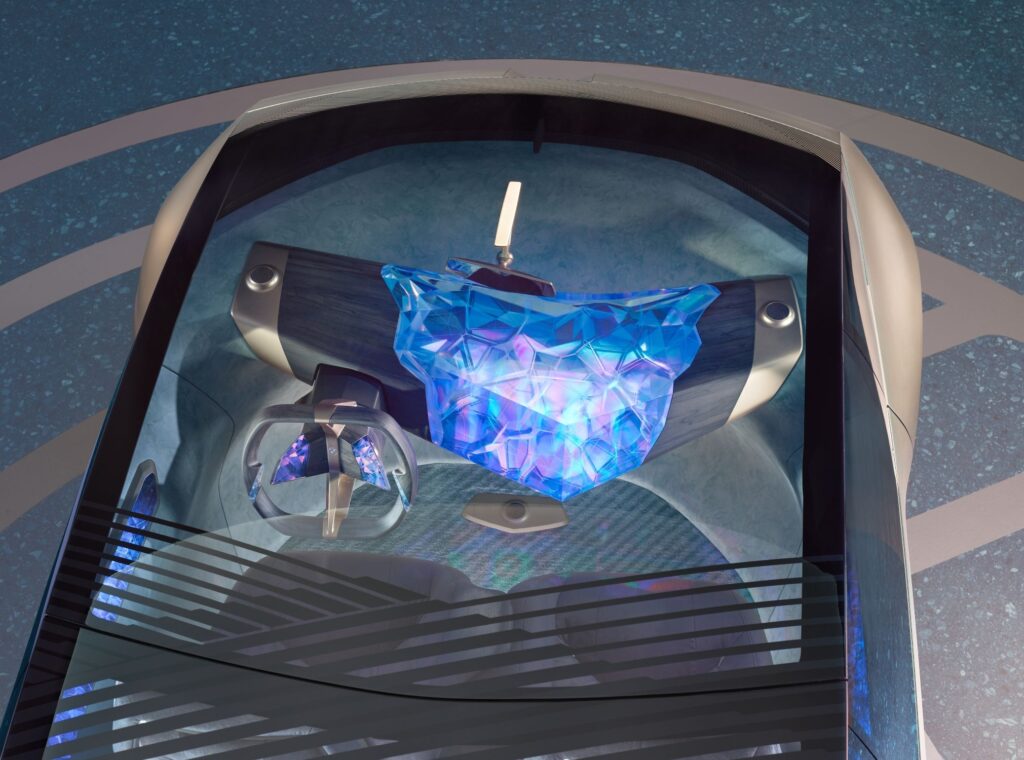
There’s also a new instrument cluster that BMW describes as having a “phygital experience”, which apparently combines “digitality into a haptic experience”. It sounds almost as frightening as BMW’s original iDrive system two decades ago, which proved too difficult for many to operate.
And digital displays have been reduced, instead utilising existing surfaces, such as the windscreen, to display information.
BMW has also designed the i-Vision Circular to be easily dismantled and later recycled.
BMW says it has reduced the use of glues, instead using cords, press studs and quick-release fasteners.
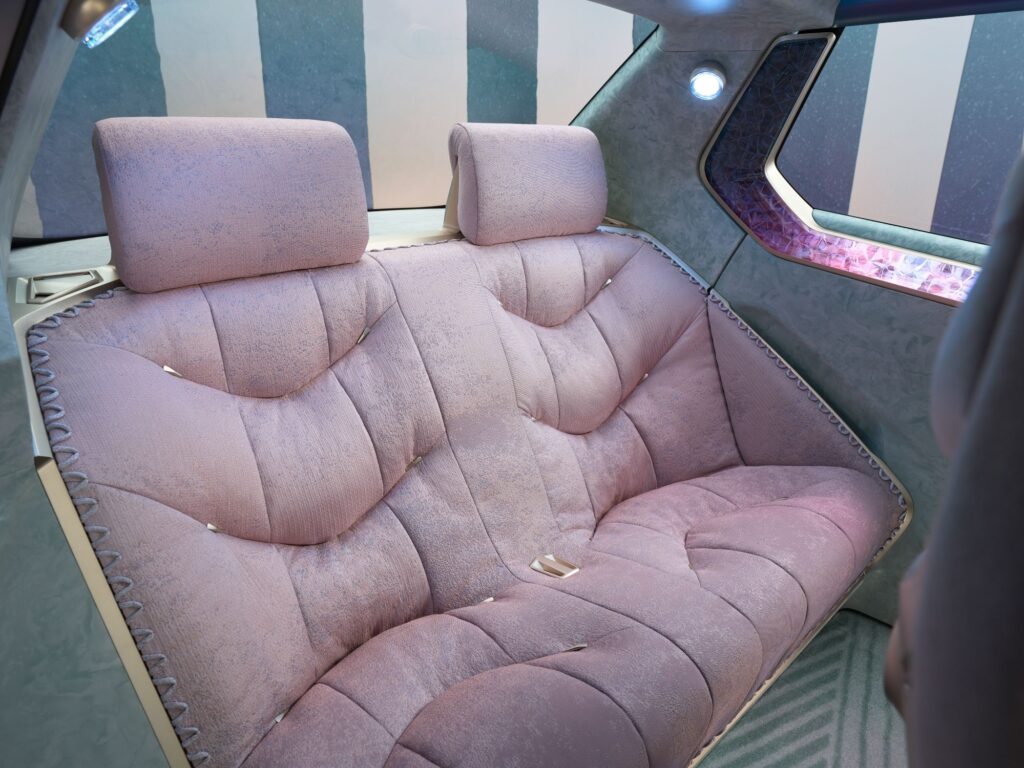
Once the car has been disassembled after its usable life, all the components and materials can apparently be reused, reinforcing the “circular economy” thinking that created it.
While there’s little chance the i-Vision Circular is headed for production, the way it is constructed gives clues to BMW’s thinking for future models; luxury cars are about to get a lot more recyclable!
“The ideas and approaches we develop here will find their way into our production vehicles in the next few years,” says BMW design boss Adrian van Hooydonk.
“Alongside electrification, circular design is now becoming another cornerstone of the BMW brand.”

